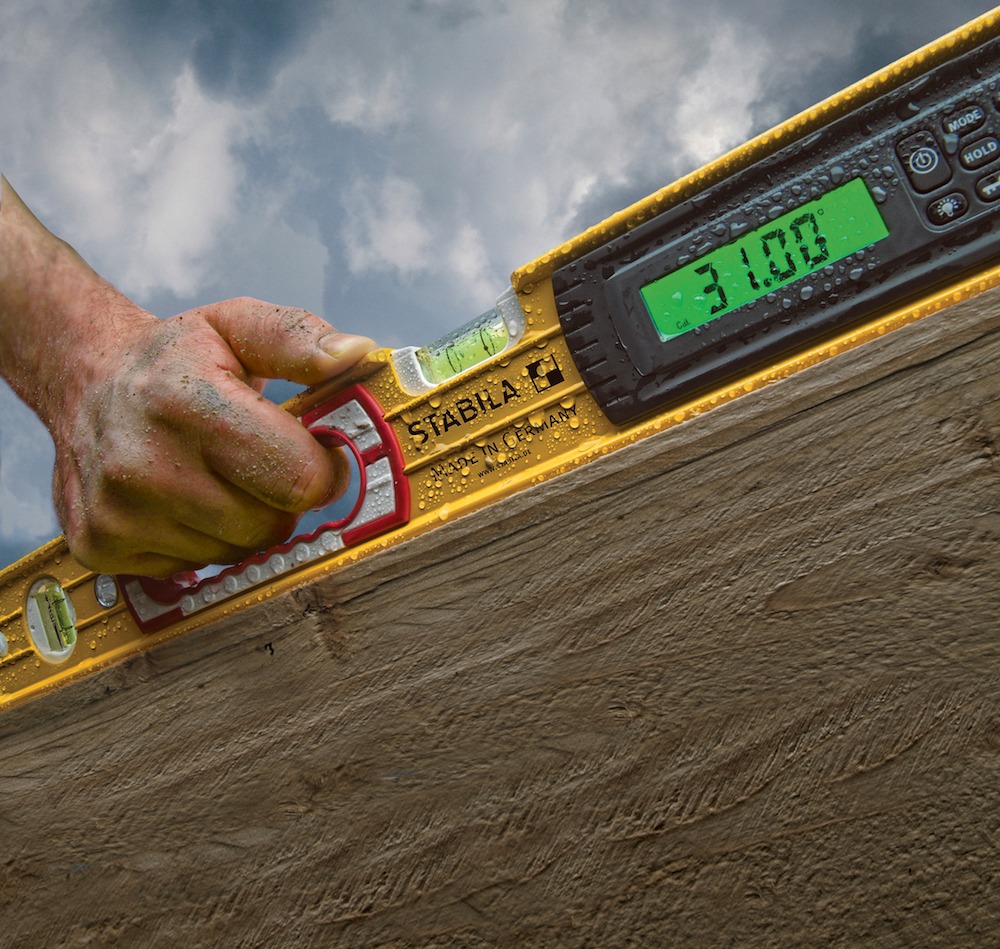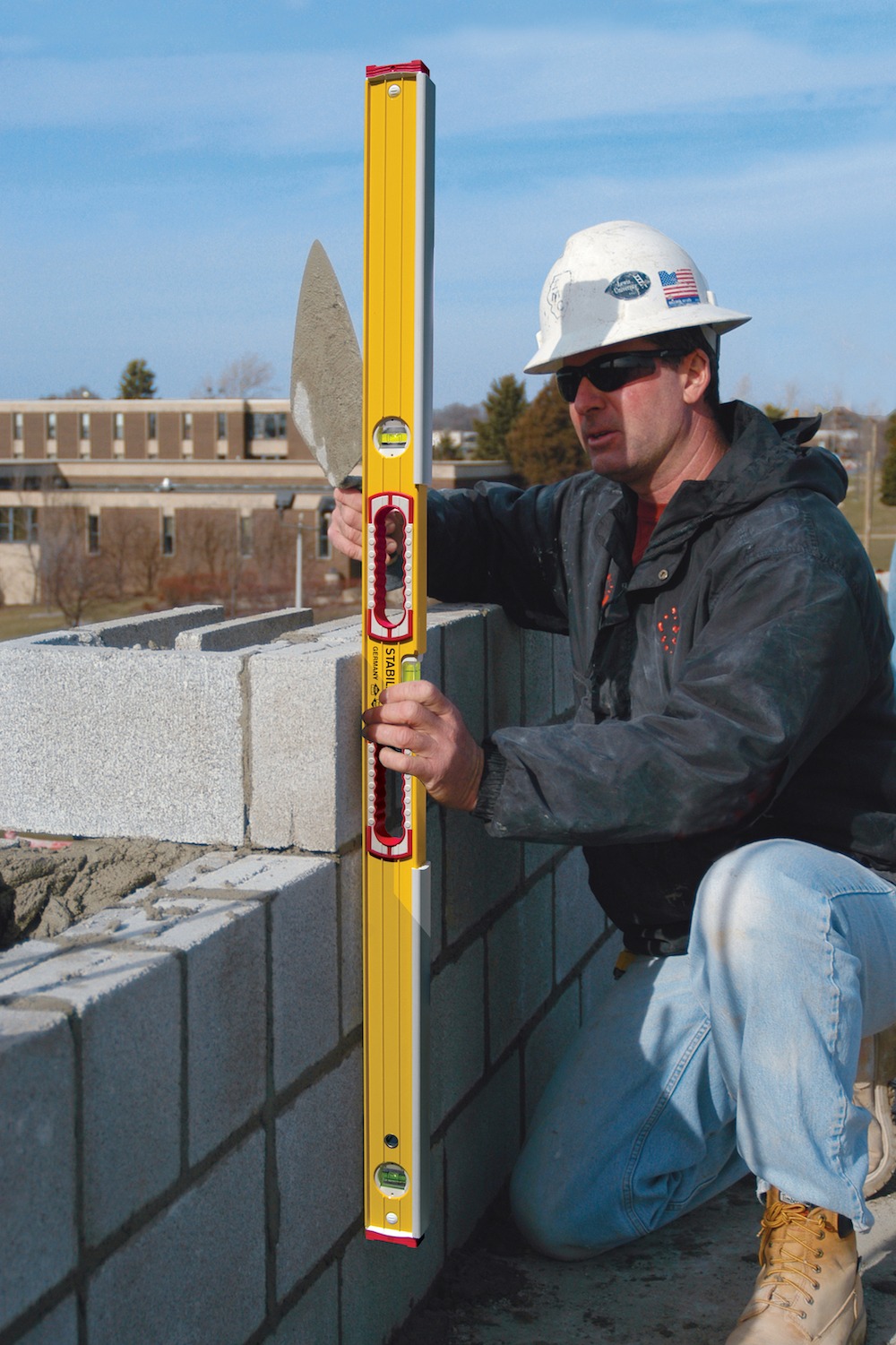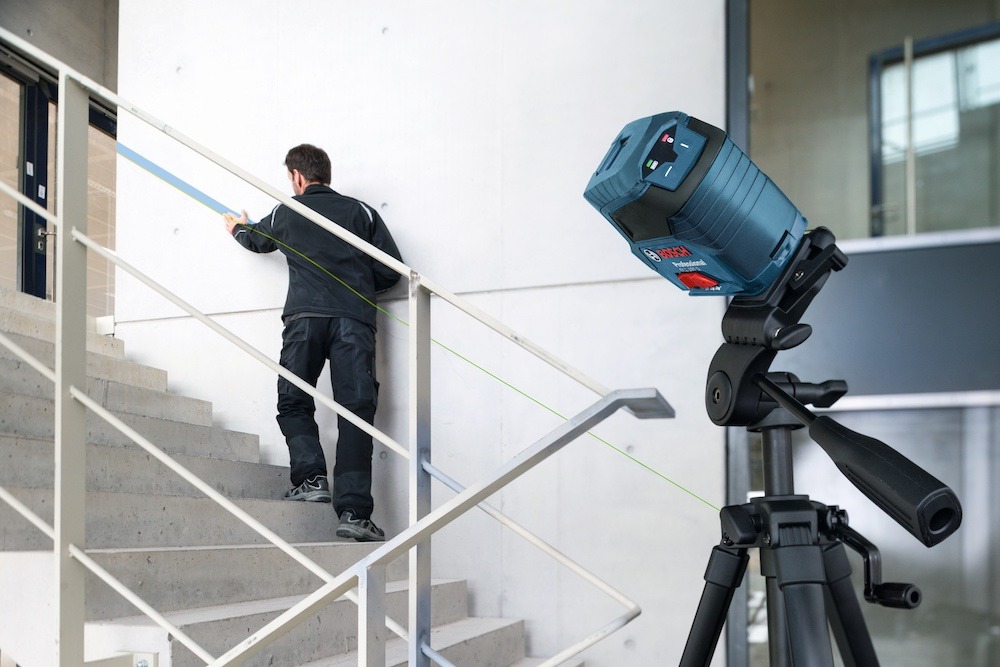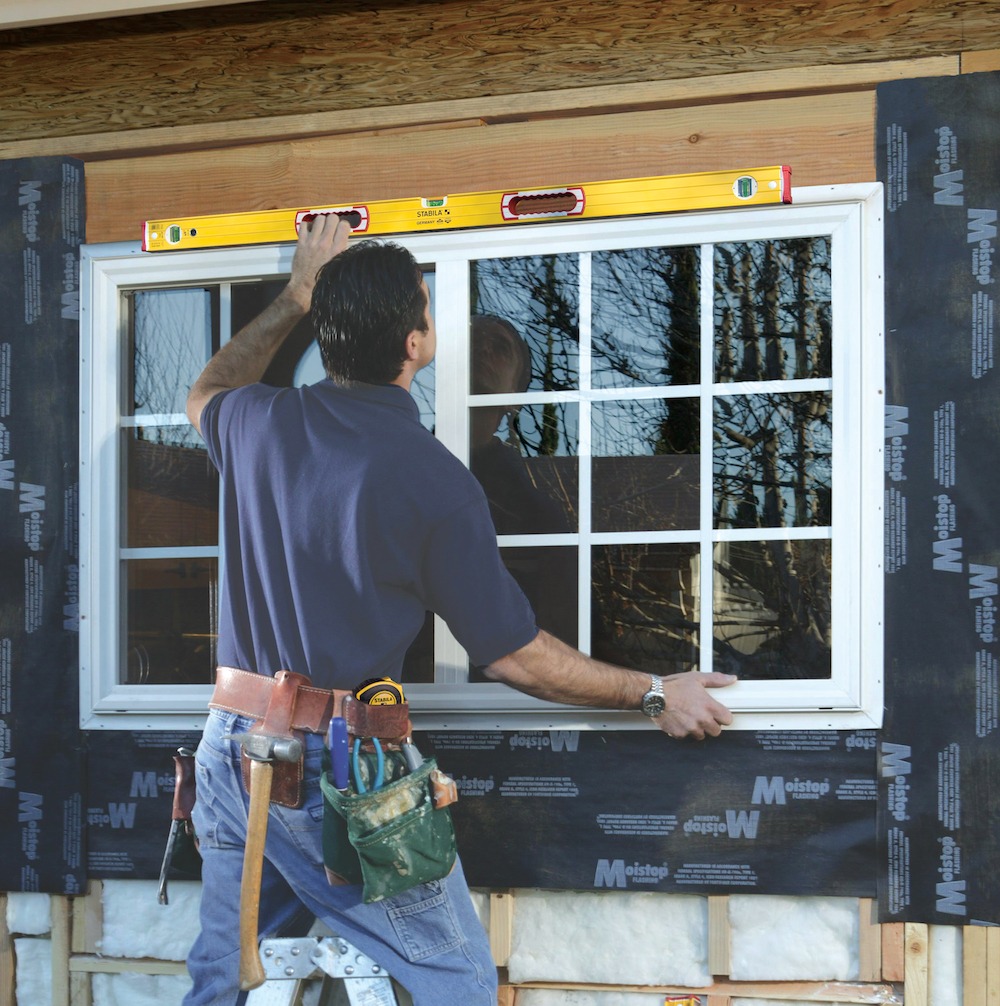Ancient Egyptians were marvels of invention and construction and deemed the most advanced civilization the world had yet known. It thrived more than 1,000 years and created all kinds of innovative products which are commonplace still today — eye makeup, written language, papyrus sheets (well before the Chinese invented paper), the plow, toothpaste, shaving implements, door locks, shoes, wine, scissors, the humble chisel. And, you simply cannot build a real pyramid without a good grasp plumb, level and square characteristics. Third time’s a charm in some cases, and such it was for the 4th dynasty king of Egypt, Sneferu [2686-2667 BC], whose Red Pyramid (his third try) set the standard for later pyramids.
You don’t have to be building a pyramid to comprehend the power of gravity, strength of vertical walls, significance of level surfaces and importance of square corners. These are the foundations for the design and construction of nearly every building and masonry project. Advances in tools and equipment across millennia have contributed positively to increased productivity, but the fundamentals of true vertical and perpendicular remain the figurative bedrock of every construction project. Close enough might be acceptable in horseshoes and hand grenades, but anything not square in a building compounds problems along the way.
Gravity
Gravity of mass forms planets and stars, further attracting tangible things of mass toward them. It keeps our feet on the ground, unless we place them elsewhere intentionally. Gravity is the basis for water running downhill, along with anything else that is released from a grip or confined space. Because of gravity, level-ness can be determined starting with the vertical axis.
In a 2006 article titled “Why are Most Buildings Rectangular?”, Prof. Philip Steadman at the University College London writes: “The rectangularity in buildings has much to do with the force of gravity. Floors are flat so that we, and pieces of furniture, can stand easily on them. Walls and piers and columns are made vertical so that they are structurally stable and the loads they carry are transferred directly to the ground – although there are obviously many exceptions. Larger buildings as a consequence tend to be made up, as geometrical objects, from the horizontal layers of successive floors.”
Steadman continues to elaborate on the discomfort of slanted flooring, pointing out that in many theatres and lecture halls, like stadiums, the sloped sections are wide steps, not a ramp-like floor, so people’s feet are still horizontal while walking and not sloped. Thus, gravity rules in building construction with plumb, level and square imperative from the foundation up.
Plumb
The plumb line is the true vertical reference against which horizontal level can be ascertained. The ancient Egyptians crafted an A frame with a board across the middle and hung a string and weight from it, making sure the bottom of the legs on the ground were flat and parallel to the cross board.. According to surveyhistory.org:
Plumb bobs were appreciated for their ability to furnish a true vertical line. The Egyptians employed
plumb tools in their sighting and leveling instruments and as a way to continue distances
vertically. They exploited all the possibilities of the bob,
using it for astronomy, navigation, surveying and building. It was their ‘workhorse’ tool.
The plumb bob refers to the weight and may or may not come with a string. There are several theories – some plausible, some silly – on the term plumb bob. Bobs were originally made of lead, though brass and steel is now more popular. The Latin word for lead is plumbum, so it’s more likely it morphed into plumb bob, than that people with poor teeth bobbed for plums because they are softer than apples and had to sink in water vertically to capture an elusive plum. The International Plumb Bob Collectors Association (plumbbobcollectors.info) spans the globe with members.
The weight of a plumb bob can vary from a few ounces to very heavy ones having been hung from scaffolding for building towers and spires and others suspended by wire in elevator shafts for early skyscrapers. A plumb bob can be hung in water (above freezing), molasses or very viscous oil to reduce swinging movement. It is not only one of the most important tools in the mason’s toolbox, but also one of the least expensive. It is best if they are stored carefully to preserve the tip, and the tip should be replaced when it is damaged in any way. However, it is the true vertical line that is the goal of hanging a plumb bob.
Level
The horizontal level is determined against the plumb line with a 90 degree angle. It is very important that level accuracy be assured throughout the construction process. Buildings, outdoor structures, decks and patios need to be constructed on the level at all stages of building for comfort, safety, aesthetics, stability and function. Leveling tools have evolved from the original water level, which is still tremendously popular, to the carpenter’s or spirit level and the extensive line of laser levels.
Water Level
Water seeks its own level to the circumference of the earth, whether it’s in an ocean, pool, pond, glass or flexible tube. The water level is an ancient tool which is still useful. It is simple, accurate and amazing and can be assembled at home with three things:
- flexible tubing
- spring clamps
- water, colored water helps the visual aspect
- optional, you might need gallon jugs of water to fill the tube
Once you pour water with no bubbles into the tube, you can hold up both ends side by side or 100 feet apart, and the water level at both ends will be on the same horizontal plane. It can go around corners and obstacles, where one end cannot “see” the other. Use a spring clamp on one end – or have a second person hold it in the correct place – and go wherever you need to go to mark the same exact horizontal spot. While it is inexpensive and precise, it is admittedly a bit cumbersome on a busy construction site. The advantages include affordable price [most of them], not needing to be in the line of sight and having no calibration exercises to maintain accuracy. It relies totally on gravity to work, and it’s as accurate as the best alternative leveling tool.
You don’t need to do-it-yourself for a water level, as there are tools on the market with all you need plus an electronic beep sensor when water levels match, tripods for water reservoirs and digital readouts. They can range from $8 (Johnson Level & Tool 2120 14″ Water Level) to $2,100 (Hydro-Level) with most prices hovering well under $1,000. The WatrLevel from the one-man operation named The WatrLevel Company, combines the traditional water level with a measuring tape. The advantages to this little marvel include having one moving part, needing no batteries, displaying fractions and metric readings and that it can be used from below or above. Brady Fehr’s dad invented this gadget, and Brady has been selling them for 15 years from his California cottage industry location.
Carpenter, Bubble or Spirit Level
Mostly referred to as just a level, the term spirit level came from the not quite full vial of liquid being a mercury colored spirit or alcohol, and of course, the bubble reference is obvious. The bull’s eye level has a circular, flat-bottom with liquid under its convex glass and a circle in the middle for two axis leveling. Sensitivity and calibration are both characteristics with need attention frequently as they affect accuracy.
The level is a must have tool in every mason’s collection. “A general mason’s workbag usually contains a 48” level, a 24” level, and a torpedo level. Stabila, Inc., offers a broad range of different lengths and styles of spirit levels,” states Rich Morse, Product Marketing Manager for STABILA. More than 150 years ago, the company began manufacturing folding rules. In 1886, brothers Anton and Franz Ullrich received a patent in Germany for the spring-loaded joint for folding rules, launching the tool into the pockets and toolboxes of builders. By 1925, the company was designing and producing a complete range of measuring instruments.
“In 2010, STABILA released a dust-free, waterproof electronic module for spirit levels that set new benchmarks in construction site application. Just three years later, the company unveiled a revolutionary new spirit level design with incorporated the patented aluminum R-profile form, combining the wishes of numerous craftsmen for sturdiness, stability, grip and the option of marking out with the spirit level.” [Stabila.com]
- “For years, the industry standard was to use traditional wooden levels with glass vials,” Morse explains. “One downside is that they require constant maintenance to preserve reliability and accuracy. In addition, the vial beddings and blockings of wooden levels are fragile. Traditional wooden levels fail on most jobsites after being exposed to water and sunlight which can cause the frame to warp and vials to shift. STABILA developed the aluminum box frame level with a permanently fixed vial system that will not lose accuracy for this very reason. These levels are impervious to jobsite conditions and known for durability and reliability.”
The handy dandy little torpedo level generally runs six to 10 inches long with two or three vials or spirit tubes and slightly tapered ends. Most have two bubble vials and some have a third tube set at 45 degrees for measure one half of a right angle. More expensive torpedo levels have magnetized top and bottom edges for attaching to pipes or metal surfaces and offering a hands-free reading.
“Invest in the best levels you can afford and consistently upgrade. STABILA offers two different frame types,” Morse continues. “The 80 series is positioned as our entry model, which is great for apprentices on a budget that need accuracy and durability. The type 196, a major step up from the 80 series, is our classic frame style. After spending more than 25 years in the field, I have learned that you need a level which withstands everyday abuse and maintains its accuracy for life.” Level accessories include handles, end caps, belt pockets and carrying cases.
Laser Level
Like scuba and radar, laser is a compilation of letters which stand for something: Light Amplification by Stimulated Emission of Radiation = LASER. Albert Einstein was a pioneer in light and energy theories in 1905, as well as Max Planck, who received the Nobel Prize in physics in 1918 for discovering elementary energy quanta. Fast forward to 1959, and Technical Research Group (TRG) and Columbia University graduate student Gordon Gould applied for laser-related patents from Gould’s ideas. His is often credited with inventing the laser, while others credit American engineer and physicist Theodore Maiman. Throughout the 1960 and ’70s, laser technology continued to advance, and today, it’s merely commonplace to have laser line levels and rotary levels in mason’s trucks and toolboxes and on jobsites all over the world.
“A bubble level is used to check for level after the fact,” states Bosch Brand Manager Steve Wilcox, “whereas a laser level makes it easy to check level in real-time during construction while the mason is working. It does not require the mason to stop the job to check the level of the structure. It also provides a 360-degree line from one point. This offers real-time feedback on how level the structure is, while a bubble level would need to be used manually.” Most laser levels are fitted with a bubble level to calibrate the laser beam to level. 
Laser levels are sold in both red beam and green beam models. The human eye can detect a green beam four times easier than red. The green line looks brighter and more clear and can be seen over longer distances. In full sunlight outdoors, you cannot see either color of laser beam without an electronic laser receiver. So far, most of the receivers are built for red beams, but that’s slowly changing. Green laser beams are not compatible with red beam detectors. Additionally, green diodes are more expensive than red, so the green beam laser level tools cost more.
The Bosch website lists many results for laser levels, so there has to be something for everyone here. From self-leveling to multiple points to rotary laser kits, handheld, tripod mounted and more, Bosch has been a leader in measuring tools for decades. The Bosch BLAZETM One and BLAZETM Pro offer professional measurements up to 165 feet with a backlit display and compact size which can fit in a shirt pocket.
“When the job is leveling and alignment, sometimes it takes a family to get the job done right. Bosch GLL3-330CG, GLL3-330C and GLL3-300 Three-Plane Leveling and Alignment Line Lasers deliver accuracy, long range and convenient all-in-one job layout to meet a variety of tasks on the jobsite. The self-leveling lasers provide one 360° horizontal plane and two 360° vertical planes with references that cover the floor, wall and ceiling to serve all leveling needs. The two vertical lines cross at 90° angles so the user can quickly arrange and square the layout of the room from one mark.” [Bosch Nov. 17, 2017, press release] These tools will be available in March.
“The GLL3-330C (red beam) and GLL3-330CG (green beam) are Bluetooth® connected, which brings an added measure of efficiency and convenience to the user. With upgraded diodes and brighter beams, these plane lasers offer a visible range up to 200 ft. diameter, increasing to 330 ft. diameter when paired with an optional Bosch LR8 or LR 6 receiver for full jobsite coverage. The GLL3-330CG’s green laser diodes generate green lines up to 4X brighter than standard red beams. The tool excels in ambient and bright lighting environments, allowing the user to see lines easily. [Bosch Nov. 17, 2017, press release]
“Masons complete a few important steps before they begin laying brick,” explains Morse. “One of the first things is determine whether their foundation or slab’s overall dimensions are to plan, square and level. After that, masons establish their control lines and do their layouts. A mason contractor needs an accurate and durable rotary laser, which is the most efficient way to establish elevations and layouts over distances greater than 50 feet.” STABILA’s high quality measuring tools are found in 70 countries on thousands of jobsites.
Laser levels are constantly evolving with research and development and stone mason needs in mind. “Traditional lasers project a crossline or plane that can be used for alignment, leveling, squaring or to plumb,” adds Wilcox. “New laser technology offers the same functionality, but with improved visibility and range. New technology allows for optimizing battery life, visibility, protection against calibration issues, leveling at an angle and remote control of the laser tool.”
Square
Leaving the ancient Egyptians behind, one can advance to the 500s B.C. and Greek culture. It is here that Pythagoras c. 570-495 BC) seems to have developed many mathematical and scientific theories, among them the theorem that basically states that in a right triangle, the square of the hypotenuse is equal to the sum of the square of the other two sides or quite simply:
a2 x b2 = c2
So, to determine if you are working square manually, simply use the 3-4-5 manual method. Measure three feet vertically, four feet horizontally, and the diagonal between them should equal five feet. That assures a right angle. It does not matter which of the 3 and 4 foot measurements are vertical or horizontal, just one of each. And the overall length can be longer, but that’s all the distance you need to measure. Of course, there’s a tool for that, so you do not really have to measure and calculate at all. The framing square is simple; the only caution here is to be absolutely certain that the tool is perfectly square before you rely on it.
Working square is imperative for structural stability as well as for everything else, like subflooring, drywall and ceiling material, to securely fit. Carpenter’s squares are not expensive and come in a variety of sizes, materials and combinations, like have a built in bubble level and metric and SAE scales.
Morse summarizes neatly when he says: “Contractors expect to see top quality folding rulers, tape measures, chalk lines, lasers, wheels, torpedoes, etc., on the jobsite. At the end of the day your work is only as good as the level you use.”



